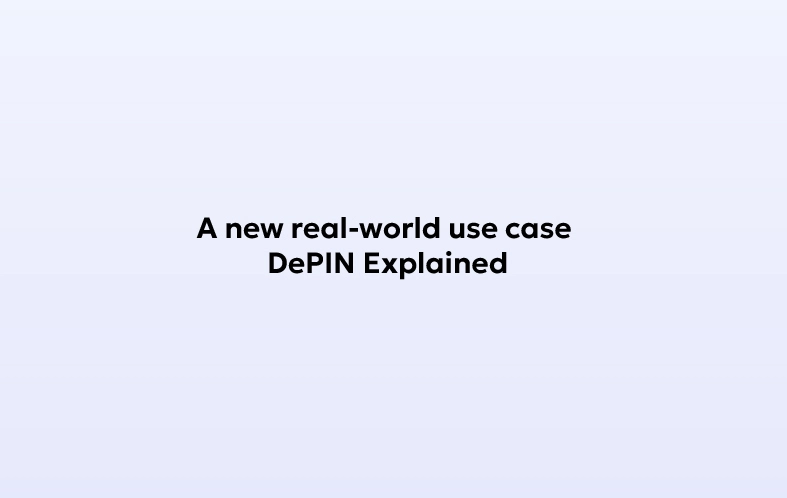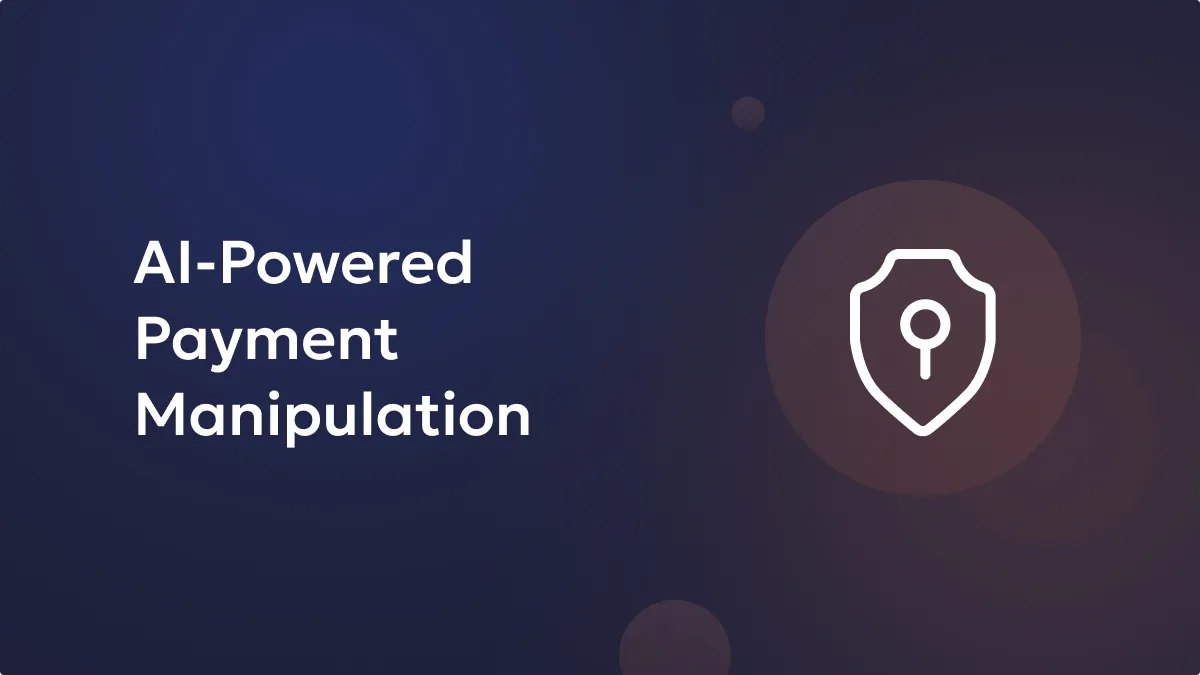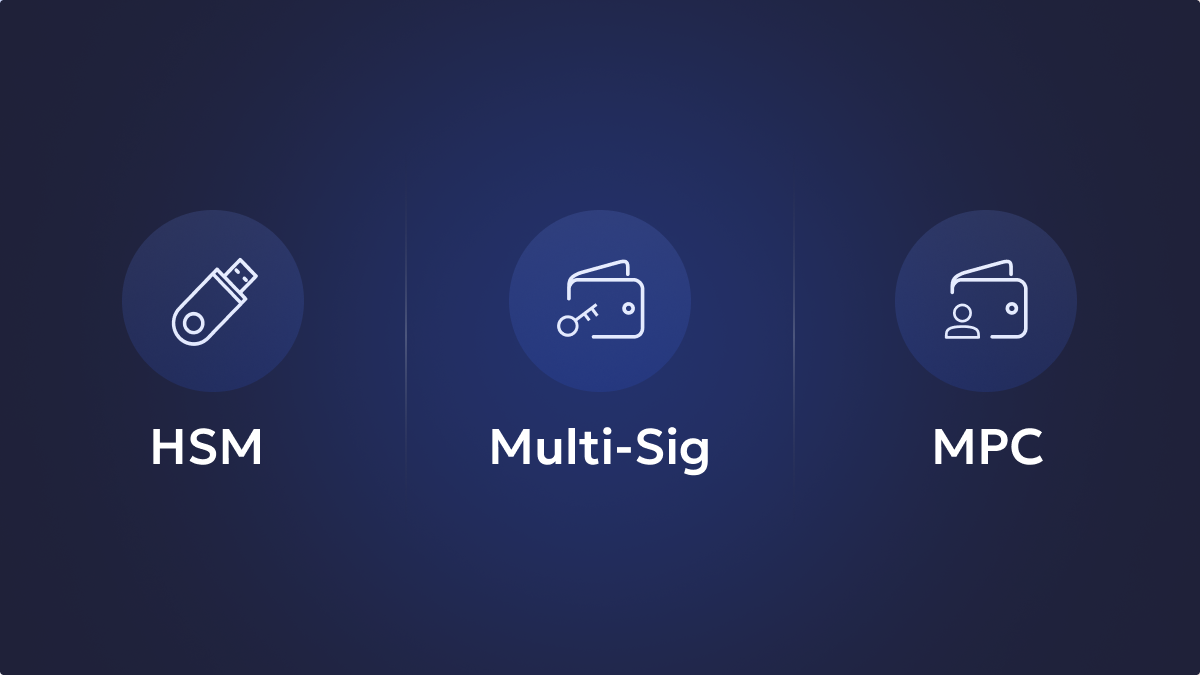Decentralized Physical Infrastructure Networks (DePIN) refer to blockchain networks that employ tokens to motivate communities rather than corporations. They do so to construct physical infrastructure networks from the ground up. While this sector has existed for years, the establishment of a common name signifies a collective recognition that now is Web3’s moment to make a real-world impact. This blog explains the essential details to help you comprehend the most thrilling sector in the world of crypto.
Key Takeaways:
- DePIN is a revolutionary concept. It utilizes token rewards and blockchain technology. They are used to incentivize physical infrastructure development in the real world.
- The primary goal of DePIN is to transition from a traditional centralized model to a decentralized one. DePIN aims to reduce dependency on large entities by encouraging global user participation. This helps promote a ‘shared economy’ model.
- The flywheel concept within DePIN explains how one aspect propels the growth of another. Establishing a positive growth cycle involves infrastructure providers earning tokens as incentives. This fosters organic network growth to meet user demand.
Unlock the potential of digital assets for your institution
What is a Decentralized Physical Infrastructure Network?
A DePIN functions as a peer-to-peer (P2P) network. A network that meets hardware demand. It does so through an open and decentralized marketplace.
The foundation of DePIN community development revolves around cryptocurrencies. By utilizing crypto token rewards, DePINs entice and incentivize real-world physical infrastructure operators to become part of their networks.
The value of a DePIN’s token increases with the influx of investor capital into the network. This empowers service providers to offer competitive pricing. This, in turn, drives adoption and demand for DePIN’s services, leading to a subsequent uptick in token value. This positive cycle attracts more investors, service providers, and users to the DePIN ecosystem.
As per a report from the crypto research firm Messari, DePINs can be categorized into two groups:
Secure and manage your digital assets with Liminal
1. Physical Resource Networks (PRNs):
DePIN protocols encourage service providers to deploy location-dependent hardware. Thus providing specific physical locations with energy, connectivity, and geospatial data use cases.
2. Digital Resource Networks (DRNs):
DePIN protocols establish a location-independent backend for the cloud. They incentivize service providers to provide digital resources, including computing, storage, and bandwidth.
How does DePIN work?
DePINs operate within the decentralized framework of blockchain technology. This ensures the equitable distribution of control and responsibility across a network instead of consolidating control and responsibility within a singular entity.
Central to the DePIN sector is a cryptocurrency-driven economy. This helps compensate participants for contributing resources, such as computing power, internet connectivity, or storage capabilities.
During the initial stages of the concept, many of these DePIN crypto rewards lacked tangible value. Often resembling early speculative investments. Participants essentially served as “risk miners.” They bank on the potential of emerging DePIN projects. Thus, anticipating rewards in the form of future token value increases and accumulations
Each DePIN application rests on four essential pillars:
1. Physical Network Infrastructure
Encompasses tangible assets essential for network operations, such as servers and transportation systems.
2. Off-chain Computing Systems
Acts as a link between real-world contributions and blockchain incentives. It facilitates the transfer of smart contract data.
3. Blockchain Framework
Utilizes a transparent and immutable ledger. It employs smart contracts to oversee network transactions.
4. Token Rewards System
Motivates infrastructure contributions. It fosters the initial growth of the network. Until the network evolves into a self-sustaining ecosystem through transaction fees.
Benefits of DePIN
Here are some of the benefits of DePIN:
Horizontal Scalability
DePIN enables facilities to enhance their capabilities in a flexible manner. Rather than scaling the capacity of individual resources, networks can expand overall resources, providing a high degree of adaptability. Facilities constructed using this system can easily adjust their scale based on demand, allowing them to scale efficiently in and out.
The blockchain governs available resources and regulates demand. In scenarios with low demand, certain providers may experience reduced workloads. Conversely, the network can reactivate dormant resources during high-demand periods by adding more instances, thereby seamlessly increasing the overall network capacity. Depending on the available dormant resources and the rationing system of DePIN, systems of this nature have the potential to scale infinitely.
Community Control – Decentralization
Similar to DeFi, DePIN decentralizes infrastructural systems. It is a transition from corporate control to a collective of individuals. Especially individuals who have dedicated their resources to constructing a facility. This approach disperses control of the facility among various providers, similar to miners in a PoW network. DePINs function as a form of industrial DAO. Here, all participants contribute resources and wield control equal to their capacity. In a scenario where each provider possesses equal capacity, the DePIN evolves into an (almost) perfectly decentralized system.
Fair Pricing
DePIN pricing models diverge significantly from traditional facilities. Factors influencing the pricing model encompass the private providers’ costs of operating their respective facilities and other network-related considerations. Additional charges from the platform may be lower, given that the platform itself bears no cost of providing these facilities.
In general, DePIN pricing models are anticipated to be more economical. Thus emphasizing fairness by taking into account essential factors without resorting to unjustifiable price inflation. This price inflation is often associated with facilities managed by centralized institutions. As a system driven by people, DePINs are inclined to prioritize affordability in their pricing model compared to corporate entities.
Cost-efficient Operation
The DePI network incurs minimal or zero costs to establish the network. This gives providers a high degree of flexibility in their services. For example, a provider can allocate their facility to multiple networks. Users pay a reasonable price for the services they receive from the network. DePINs are crafted to provide optimal service at a minimal cost. This is how they establish an efficient and cost-effective system.
Permissionless
Individuals have the freedom to contribute their resources to a DePIN. Similarly, on the user side, anyone can access the services provided by a DePIN without engaging in price negotiations or undergoing user screening. Once a provider possesses the necessary infrastructure, they can establish and operate a provider-side account on a DePIN, mirroring the ease with which individuals can deploy a liquidity pool on a DEX or secure a loan from a money market.
Incentivization
Individuals can contribute their resources to a DePIN, and on the user side, anyone can access the services provided by a DePIN without negotiating price or user screening. Once a provider possesses the necessary infrastructure, they can operate a provider-side account on a DePIN, similar to how anyone can deploy a liquidity pool on a DEX or secure a loan from a money market without complications.
Challenges Of DePIN
As DePIN progresses through its initial phases in the blockchain realm, it faces several obstacles that could hinder its development:
Limited interest and adoption
A key challenge arises due to DePIN’s novelty, leading to limited interest from both the blockchain community and infrastructure owners. The ecosystem’s growth and success are at risk without a critical mass of participants.
Complexity and education
The inherent complexity of DePIN technology creates a barrier to entry. Thus, thorough education is required to engage potential adopters effectively. Overcoming this obstacle entails simplifying technology and offering comprehensive educational resources.
Financial requirements
Sustaining private networks involves significant operational expenses, frequently without external financial support. This financial challenge makes attracting potential network hosts and maintaining network operations difficult without adequate resources.
Provider profitability
Network providers are primarily driven by profitability. Thus, DePIN platforms must carefully navigate the fine line between compensation and costs. This is required because it guarantees the provider’s profitability. Maintaining this equilibrium becomes challenging in the face of users’ and providers’ low engagement rates.
Categories of DePIN
DePIN encompasses four main categories:
1. Cloud/Storage Networks: Encompassing file storage, relational databases, CDN, and VPN networks.
2. Wireless Networks: Including 5G and LoRaWAN for the Internet of Things (IoT).
3. Sensor Networks: Involving interconnected devices equipped with sensors. These sensors gather real-time data from the physical world, such as maps.
4. Energy Networks: Aggregating distributed energy sources enhances resilience and improves the efficiency of the energy grid.
Conclusion
Though still in the early stages of development, the range of real-world applications DePINs could facilitate suggests their significant potential. Web3 observers envision DePIN applications in various sectors, including healthcare, energy, data storage, telecommunications, broadband, and beyond.
It’s remarkable that this extensive versatility originates from a seemingly straightforward concept. The concept involves harnessing the power of crowdsourcing through blockchain and Web3 technologies. While it might not be surprising, collaboration among people has the ability to accomplish practically anything.






